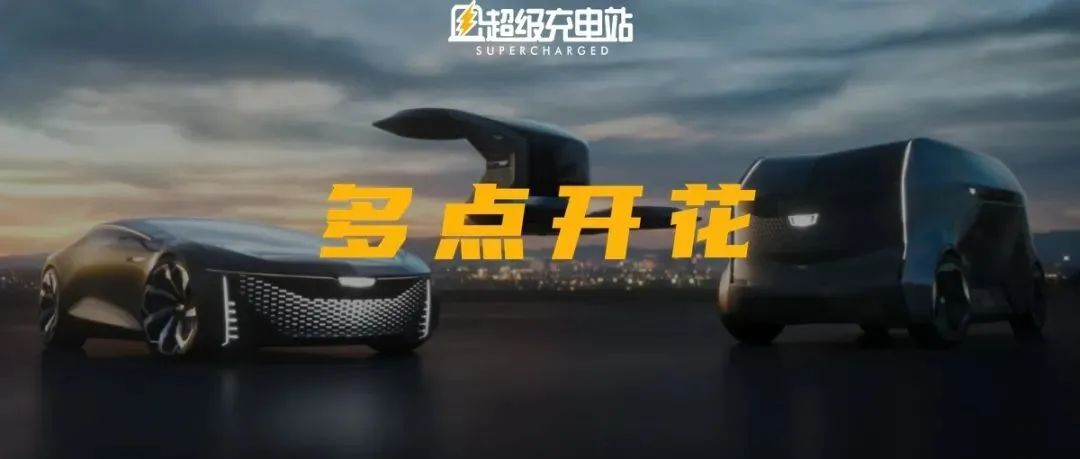Author: Unknown LYNX
In the past year of 2021, even if you have no actual car buying plan and don’t usually pay attention to electric cars, you may still be familiar with “GM Ultium,”
Before the mass production of the cars was delivered in China, General Motors had launched an overwhelming advertising campaign for its latest Ultium electric vehicle platform.
The slogan “Ultium makes electric cars born stronger” has repeatedly brainwashed audiences on many popular online variety shows in the country.
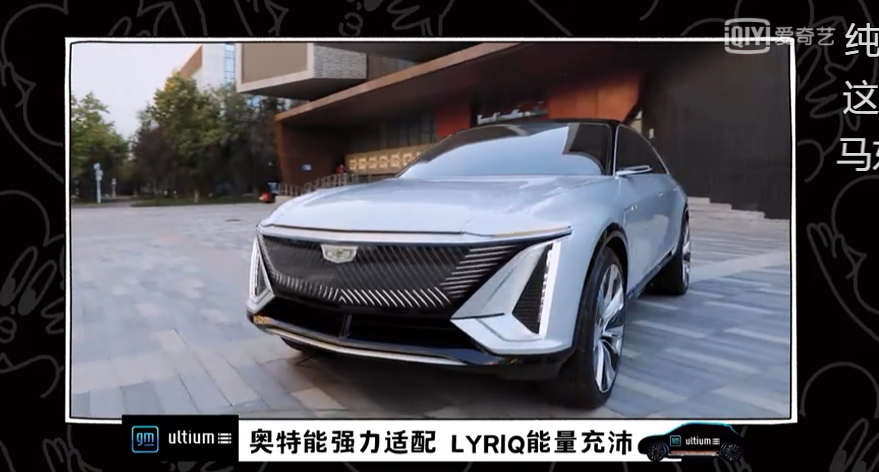
It seems to be a reminder to all automakers that in the wave of electrification and intelligentization sweeping the industry, seizing user minds through marketing means is another battlefield besides developing new cars.
Last week, the 2022 International Consumer Electronics Show (CES 2022) was held in the United States. The Supercharger Station has introduced new cars and new technologies such as the Mercedes-Benz EQXX and the Sony new pure electric SUV.
Also at CES 2022, GM did not simply outline the future with a new car or a new technology, but presented a series of new cars and innovative technologies under the “Ultium Effect,” showing its transformation from a pure automotive manufacturer to a platform-based travel innovation company.
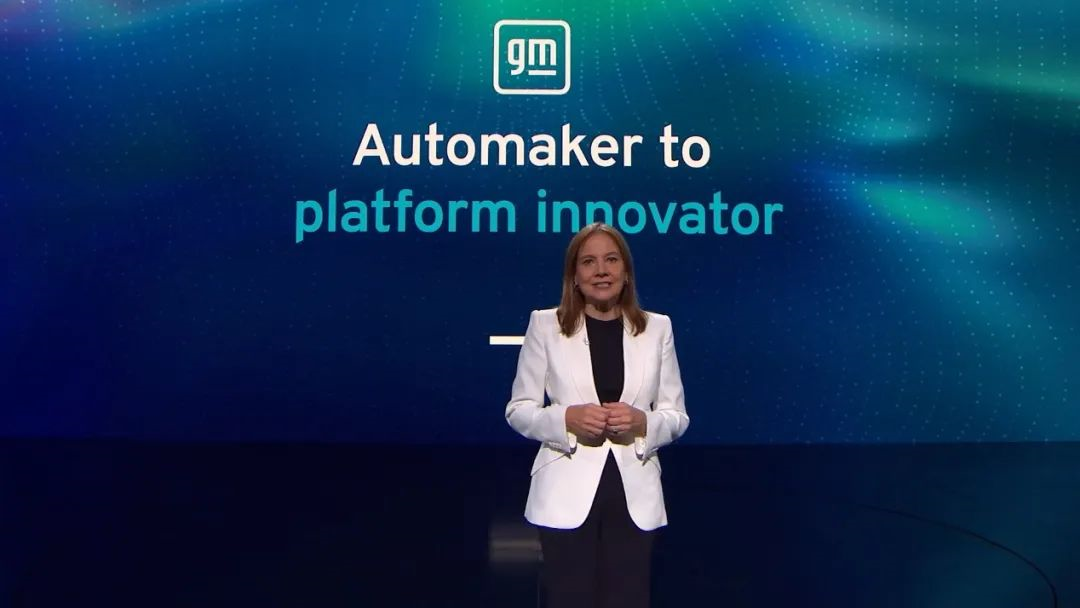
Luxury concept cars and pure electric pickups
Before discussing the highlights of GM at CES 2022, let’s first review some of Ultium’s core advantages:
- Flexible, highly modular design: It adopts replaceable and upgradable battery modules and flexible battery cell solutions, which can be used for various battery types, such as lithium iron phosphate, ternary lithium, and future lithium-metal or solid-state batteries. At the same time, through the modular design of the battery and electric drive, this platform can be used for various drive forms, deriving different vehicle types such as sedans, SUVs, MPVs, etc.

-
Innovative, forward-looking intelligent attributes: It is the first electric platform in the industry to adopt a wireless battery management system (wBMS), which can reduce 90% of the wiring harness of the battery pack, increase the volume energy density, reduce the overall weight of the battery pack and improve the cruising range. The production process of the battery pack has been greatly simplified, and coupled with the new generation VIP intelligent electronic architecture of General Motors, it can support more refined system management and function iteration and upgrade.
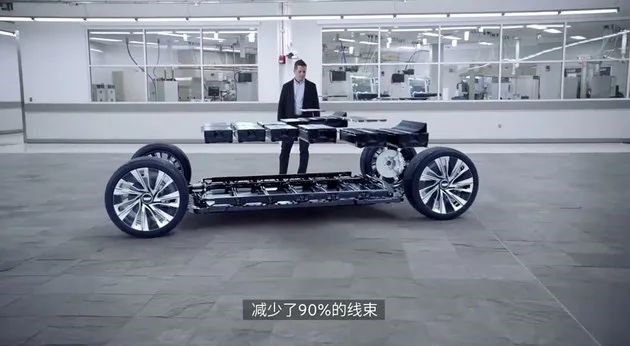
-
Safe and Robust Battery Safety:Their battery development and testing strictly follow the Global New Energy Vehicle Standards of General Motors, with careful design from cell materials to physical protection structures, achieving the 5-star safety design standard for electric vehicles.
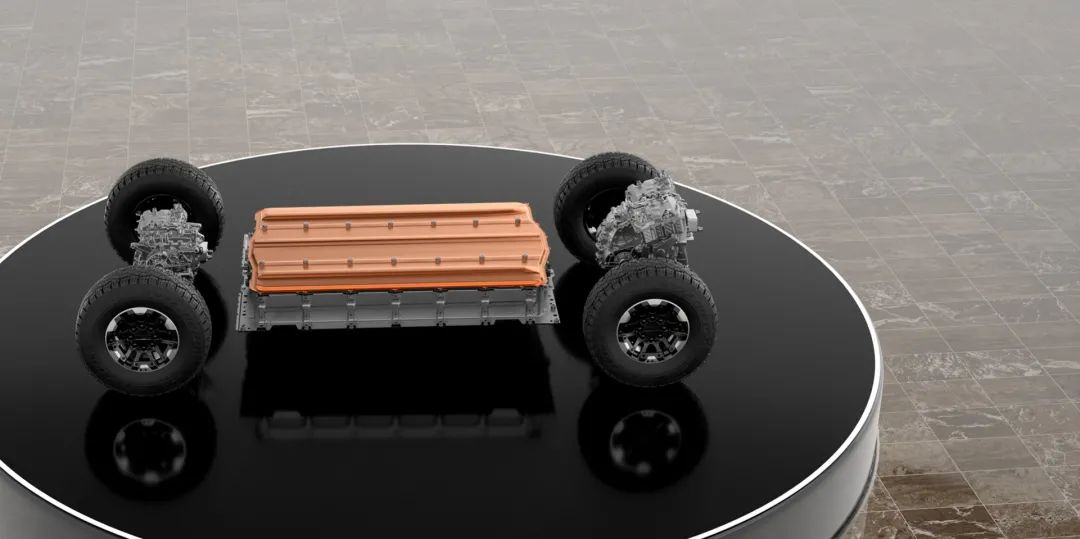
However, from the consumer’s perspective, whether it is the slightly sci-fi wireless battery management system or the battery safety that every manufacturer is vigorously promoting nowadays, the actual perception is not strong without really buying a car.
Therefore, before mass production cars are actually delivered, the most exciting advantage for the public is undoubtedly the first one: high modularity, allowing the Ultium Platform to quickly derive a large number of different car models, like the Volkswagen MEB and Geely SEA architectures.
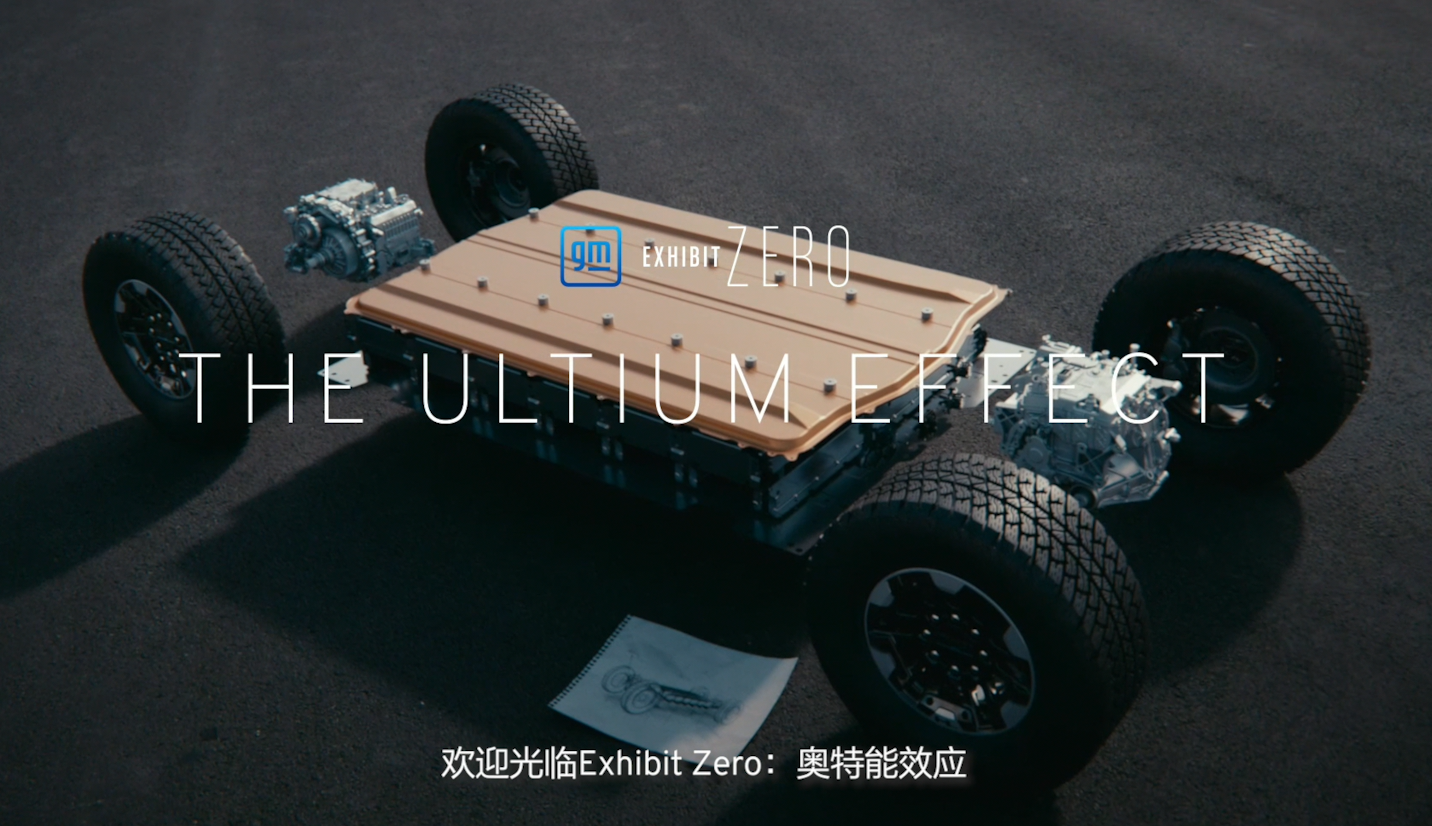
Since its launch in North America and China markets last year, General Motors has launched products based on the Ultium Platform, including the GMC Hummer EV, the BrightDrop EV600 pure electric logistics vehicle, and the Cadillac Lyriq pure electric SUV.
Among them, the Cadillac Lyriq has already been unveiled and pre-sold at the Guangzhou Auto Show last year and is expected to be delivered in mid-2022.

For the pure electric Hummer and Cadillac Lyriq, you can also review the video programs from Super Charging Station by clicking the following links:
Pure Electric Hummer Super Truck: Electric Monster with Over 10,000 Nm Torque | 2021 CIIE
Cadillac Lyriq Experience: Starting a Pure Electric Luxury Life | 2021 Guangzhou Auto Show
And at CES 2022, the General Motors Ultium Platform once again welcomed new members: Cadillac InnerSpace autonomous driving concept car and Chevrolet Silverado pure electric truck.
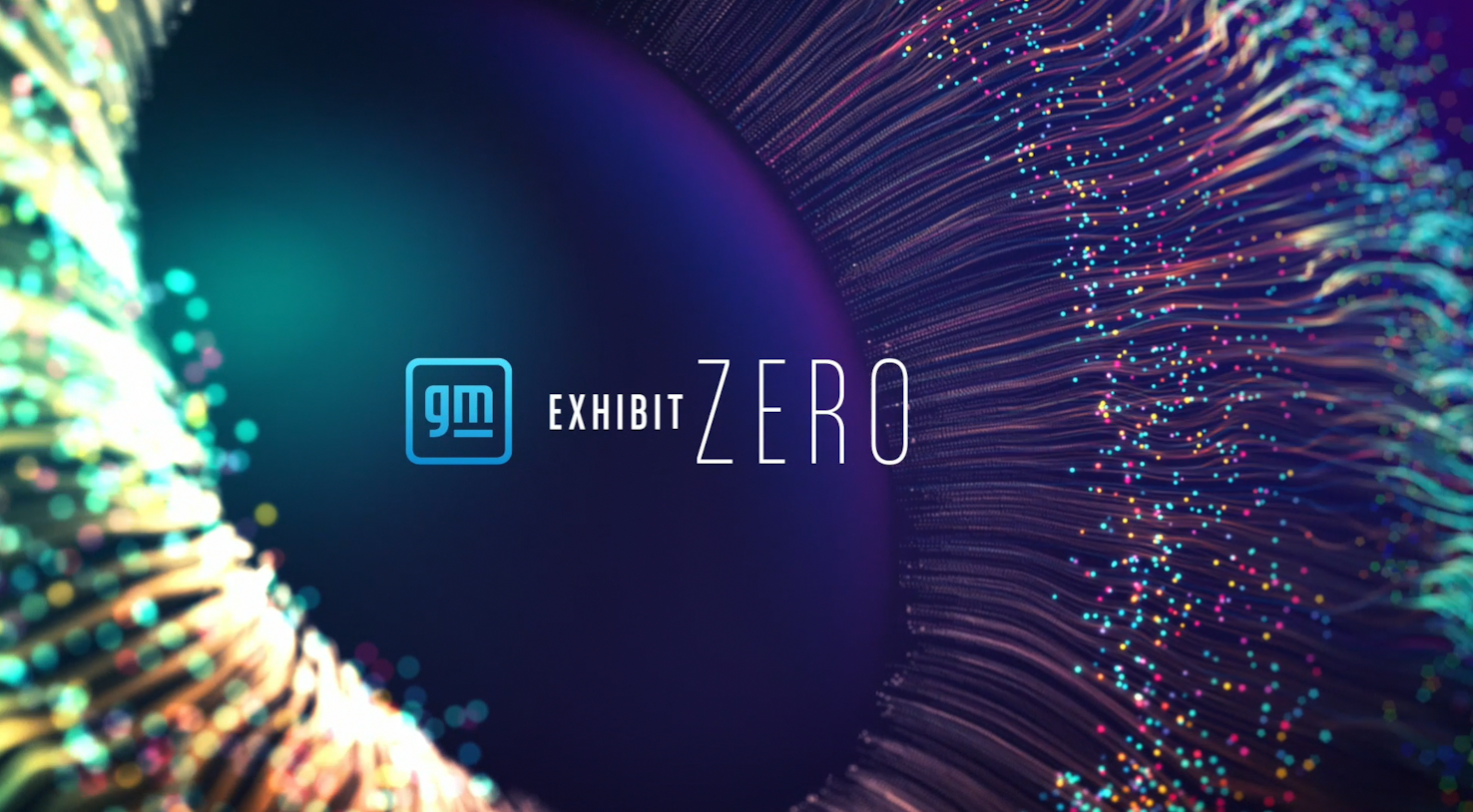
Let’s first take a look at the most eye-catching concept car.
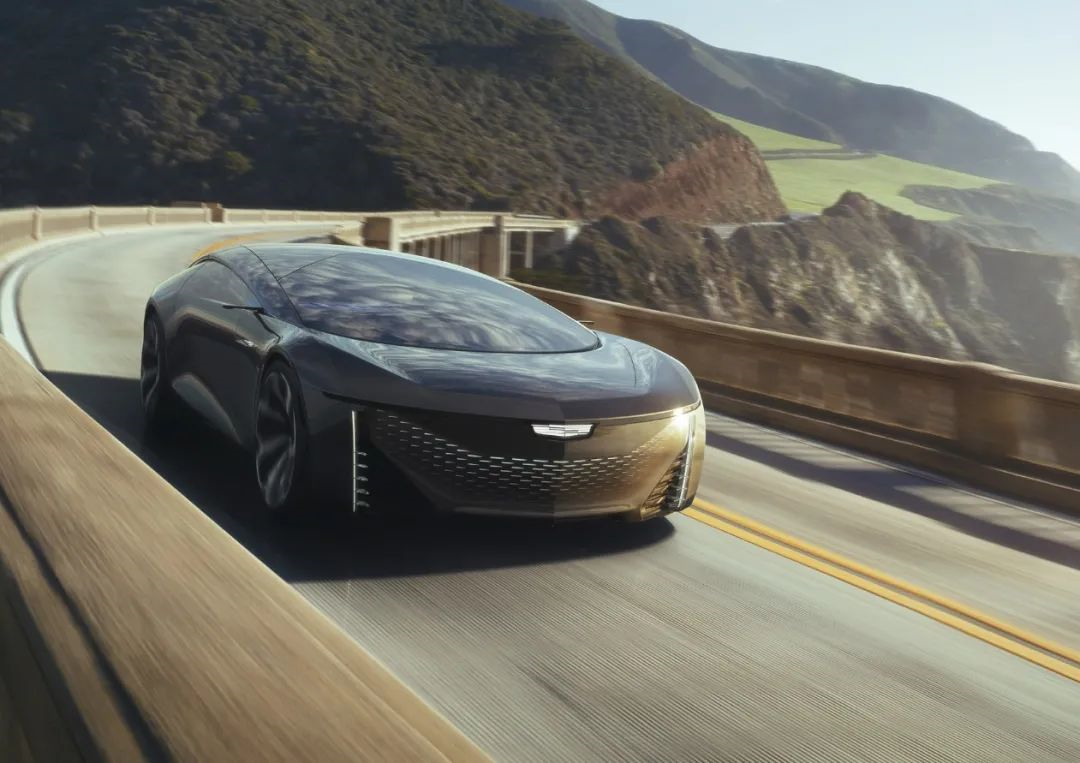 To be precise, InnerSpace is the third model of the Cadillac Halo concept series. At last year’s CES show, General Motors has showcased the Cadillac PersonalSpace flying car and the SocialSpace minibus.
To be precise, InnerSpace is the third model of the Cadillac Halo concept series. At last year’s CES show, General Motors has showcased the Cadillac PersonalSpace flying car and the SocialSpace minibus.
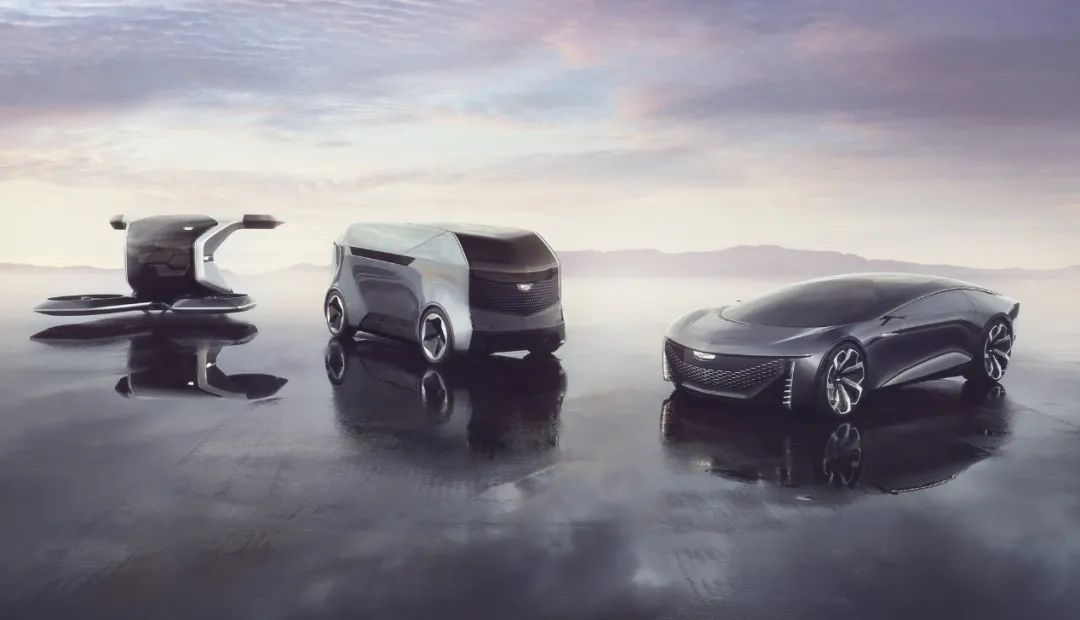
From the names Personal and Social to Inner now, we can see GM’s design concept when creating the Halo series: to develop differentiated new vehicles for specific travel scenarios.
Although the appearance of InnerSpace still looks cool, it lacks the sense of being outrageous when placed on a concept car.
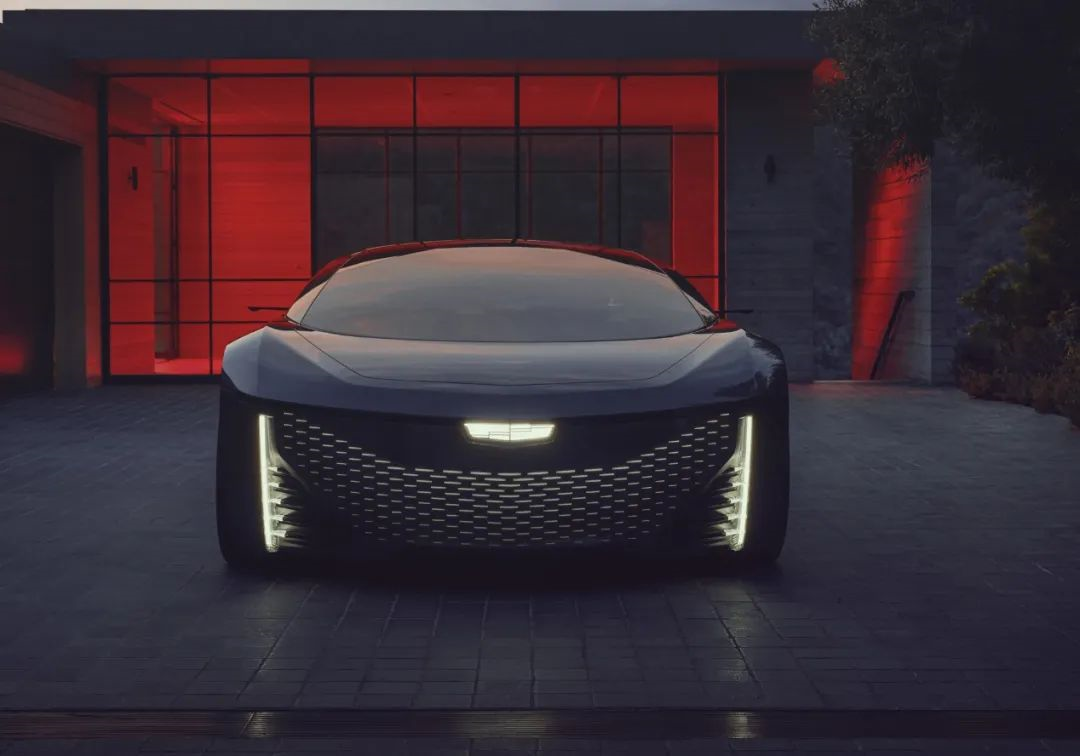
The smooth and spaceship-like body lines, the fully enclosed illuminating grille, the illuminated logo, the huge glass sunroof, the streamlined tail… these elements are full of technology, but seem not surprising on a pure electric concept car.
It should be noted that nowadays, in order to attract attention, the popular design of concept cars is all kinds of strange and bizarre styles, such as mecha and retro styles.
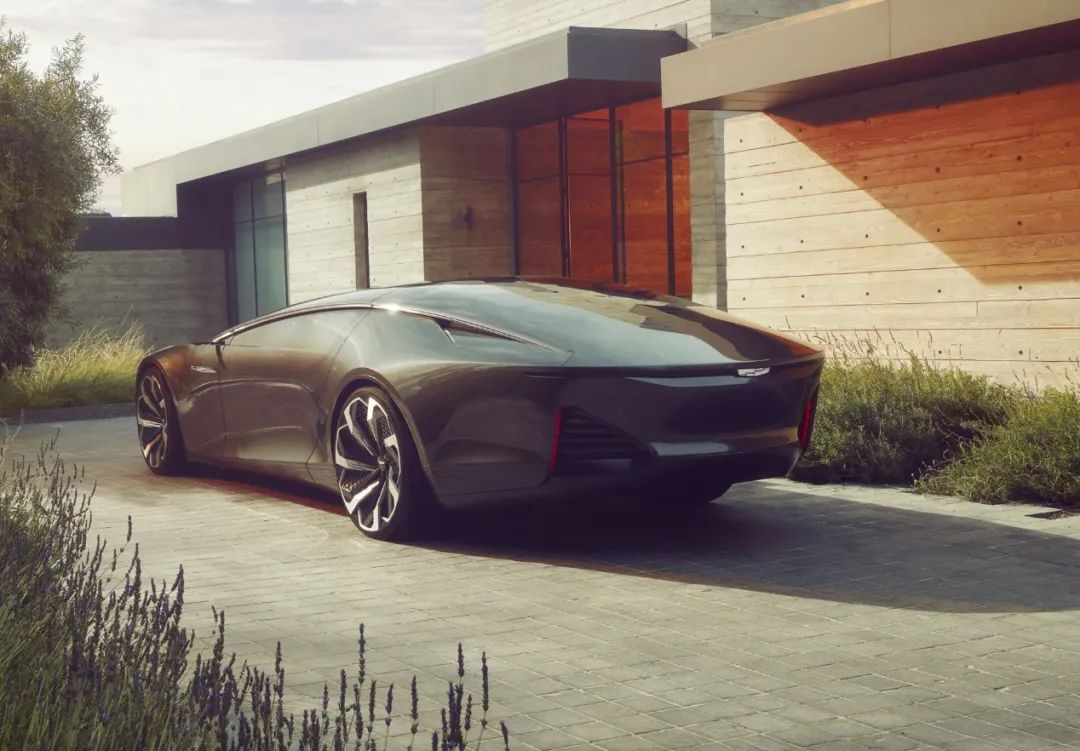
Since it is named InnerSpace, GM has obviously focused on the interior of the car. And this focus is reflected from the moment the car door is truly opened.
InnerSpace is a two-seat pure electric sports car. Traditional sports cars have a low body posture, which not only requires passengers to bend down when entering, but also often has the risk of hitting their heads.
To solve this small annoyance, when opening, InnerSpace not only opens the door, but also the roof at the same time. At the same time, the seat will also tilt outward at a certain angle to facilitate passengers to get into the car.
 Enter the car and high-tech is all around you – it has truly become “all screens”.
Enter the car and high-tech is all around you – it has truly become “all screens”.
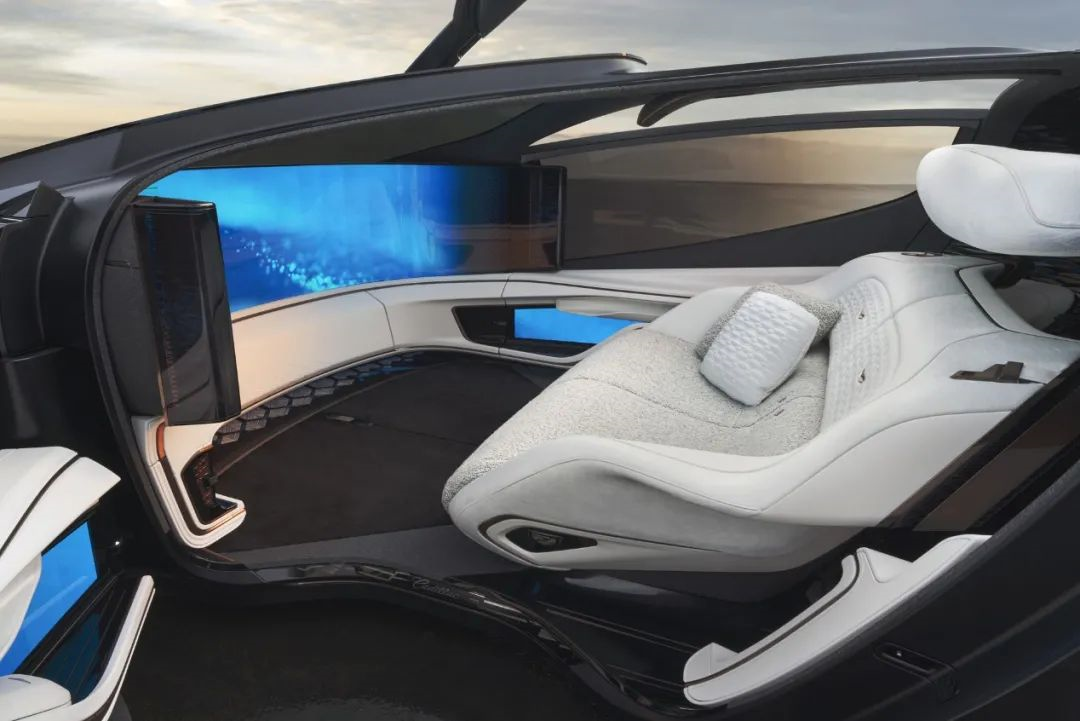
This super-sized panoramic SMD LED display screen is no longer just a traditional central control screen, but extends directly to the interior ceiling to create a truly immersive cinema-like audiovisual experience for passengers.
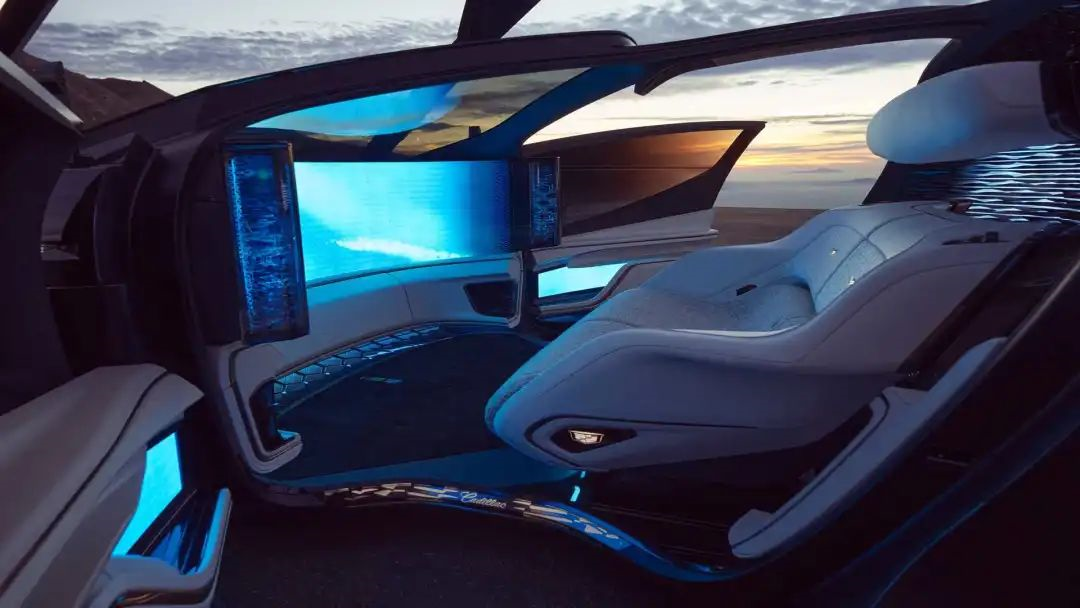
By observing, we can also find that InnerSpace has no steering wheel or even any physical buttons, meaning that it will be able to achieve complete autonomous driving, and all vehicle system instructions will be fully controlled by voice commands.
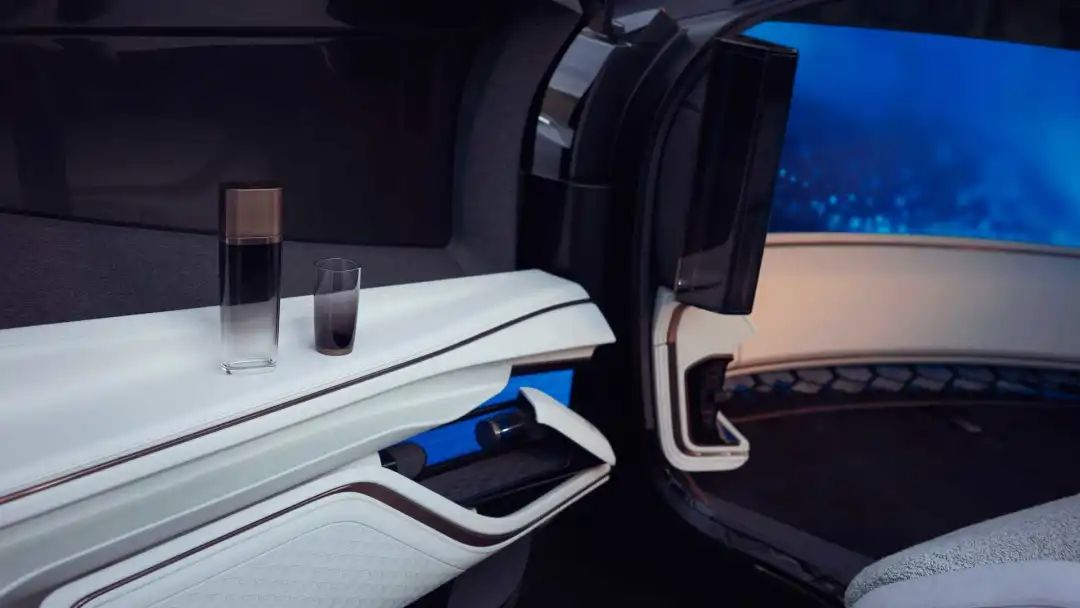
This also aligns with the concept that General Motors wants to present with this concept car: when fully autonomous driving is finally achieved, the car will become a mobile “third space”.
However, when you think about it carefully, there is still a small “paradox” here – does a car that does not require manual driving and seems to no longer be related to driving pleasure still need to be made into a sports car?
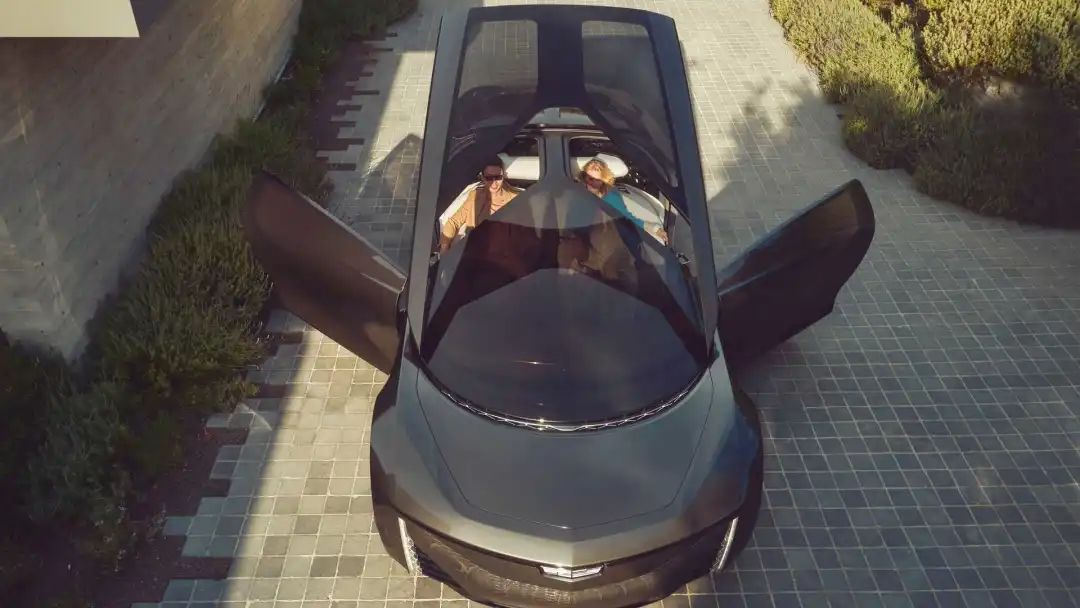
After all, a concept car is just a concept car. The seemingly cool styling and eye-catching technology only indicate the direction of future research and development by automakers. How many will actually be mass-produced and put on the market is always unknown.
In comparison, a new car displayed by General Motors at CES 2022 that is closer to ordinary consumers is the Chevrolet Silverado EV electric pickup truck.
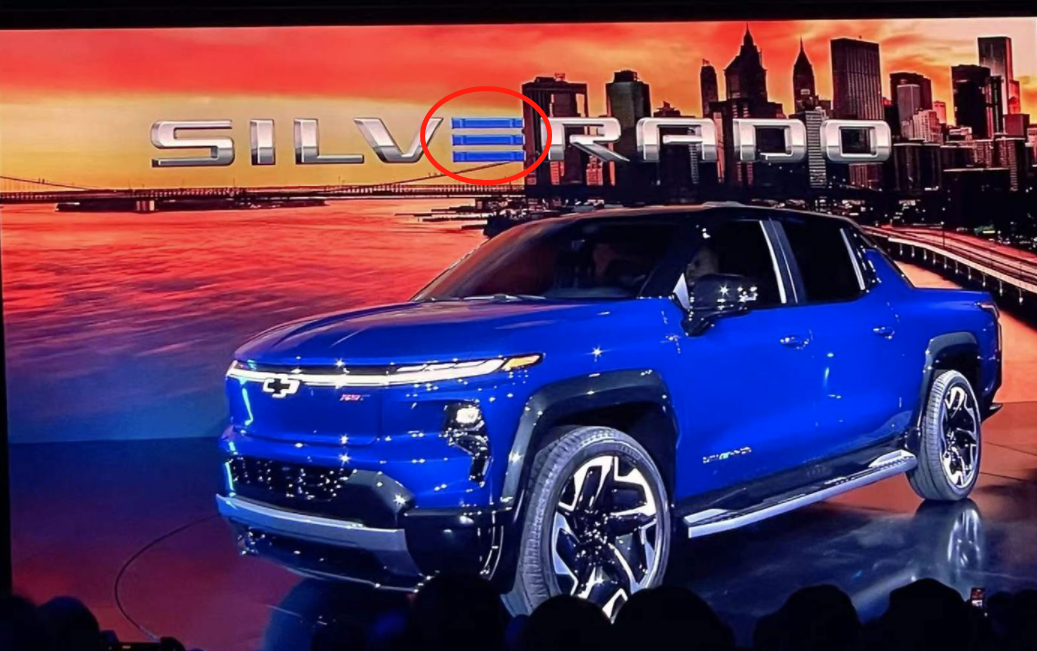
This Chevrolet electric pickup truck is bound to be built on the General Motors Ultium platform, as evidenced by the “E” in the Silverado name logo at the launch conference, which has become the logo of Ultium.
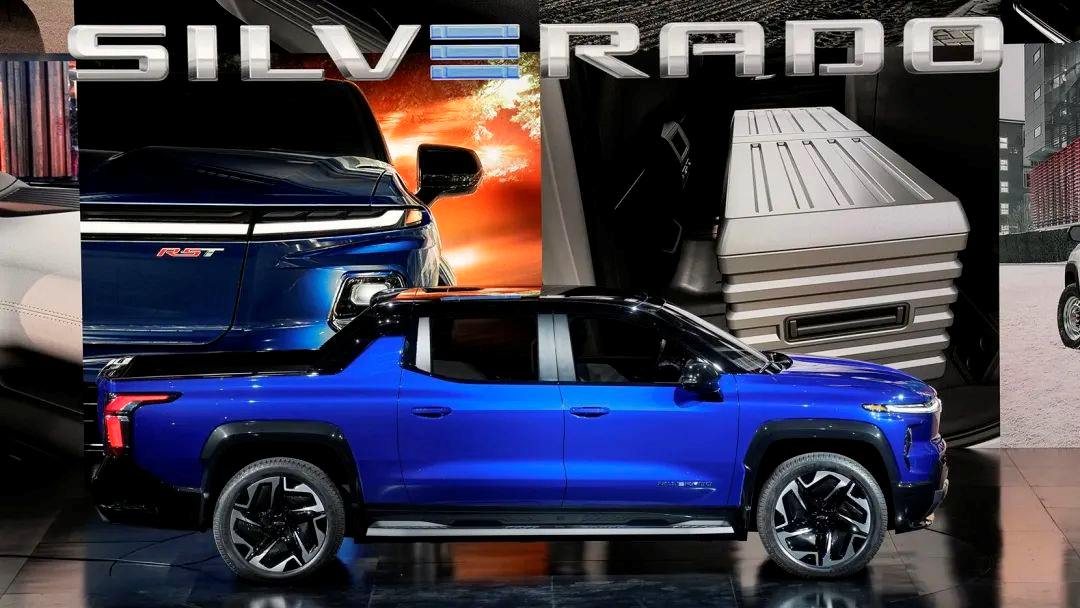 The new car will offer high-end RST and work-truck-oriented WT versions, equipped with the same four-wheel steering system as the Hummer EV and co-produced with it at the GM Detroit factory, competing with the Ford F-150 Lightning and Tesla’s Cybertruck.
The new car will offer high-end RST and work-truck-oriented WT versions, equipped with the same four-wheel steering system as the Hummer EV and co-produced with it at the GM Detroit factory, competing with the Ford F-150 Lightning and Tesla’s Cybertruck.
However, unlike the radically styled Cybertruck, the Silverado EV mostly retains the classic styling of the gasoline-powered Chevrolet Silverado pickup truck.
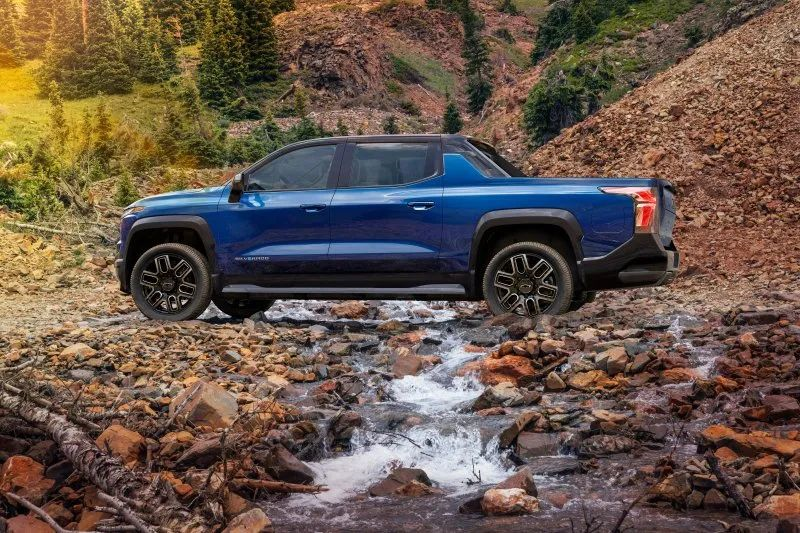
The only significant change is that the front grille has been replaced with a common closed grille design for electric vehicles and popular through-style headlights have been added. The body size has not changed significantly, still resembling the massive shape of a typical American pickup truck.
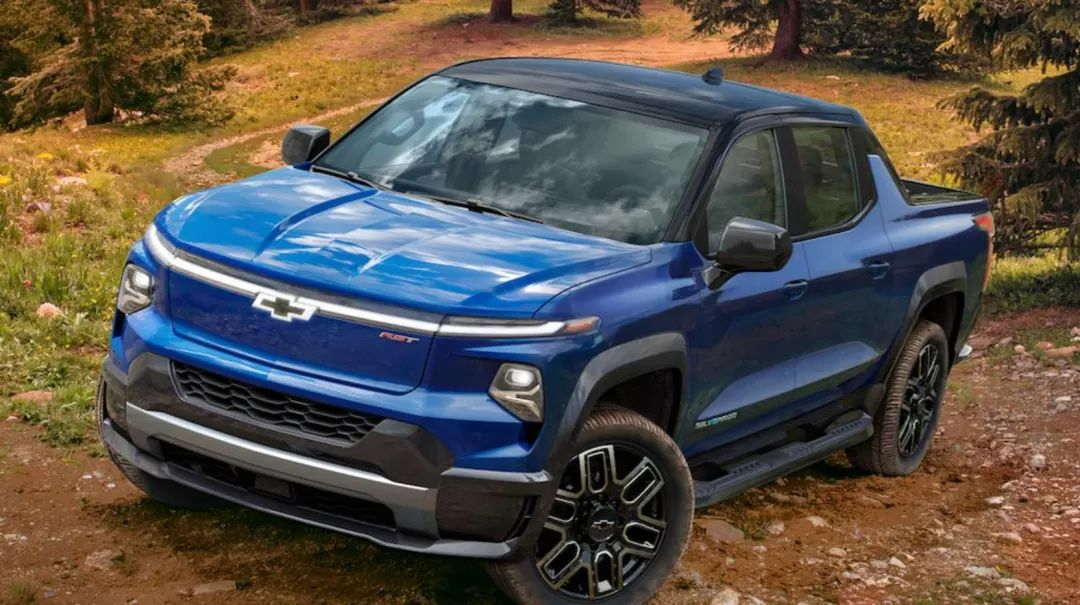
The most significant changes are to the interior. In addition to the panoramic sunroof, which is first introduced on a GM pickup truck, the Silverado EV also features an all-new interior design style.
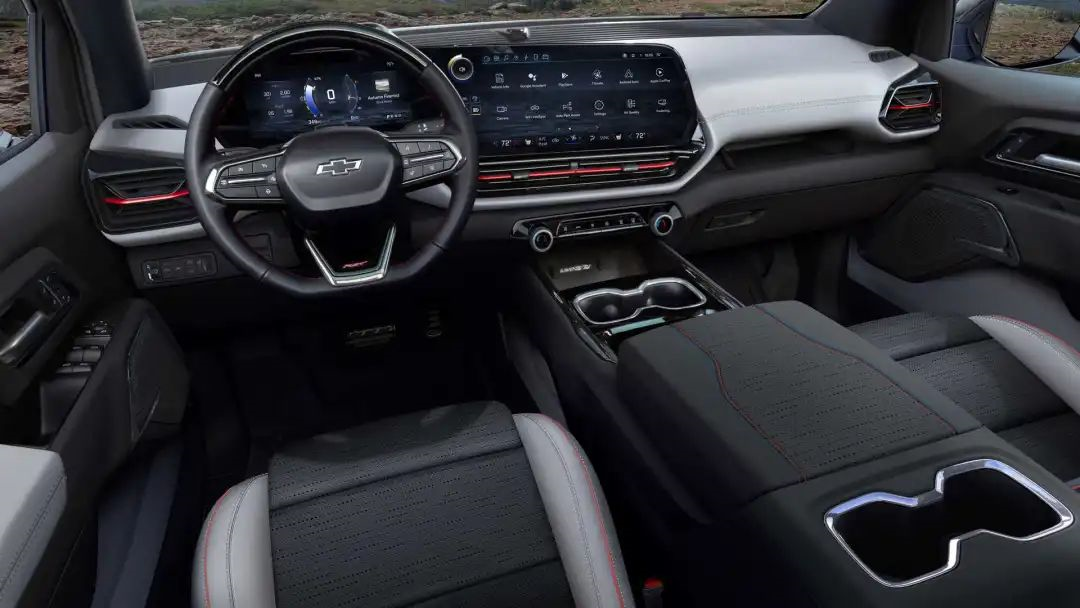
The top-of-the-line RST model features an 11-inch instrument cluster connected to a 17-inch center display for a more technological feel. It will also feature a Linux-based infotainment system with support for OTA updates. However, the entry-level model still features a separate center display.

Since it’s a pickup truck, apart from being large and spacious, it naturally needs to have a powerful performance to match.
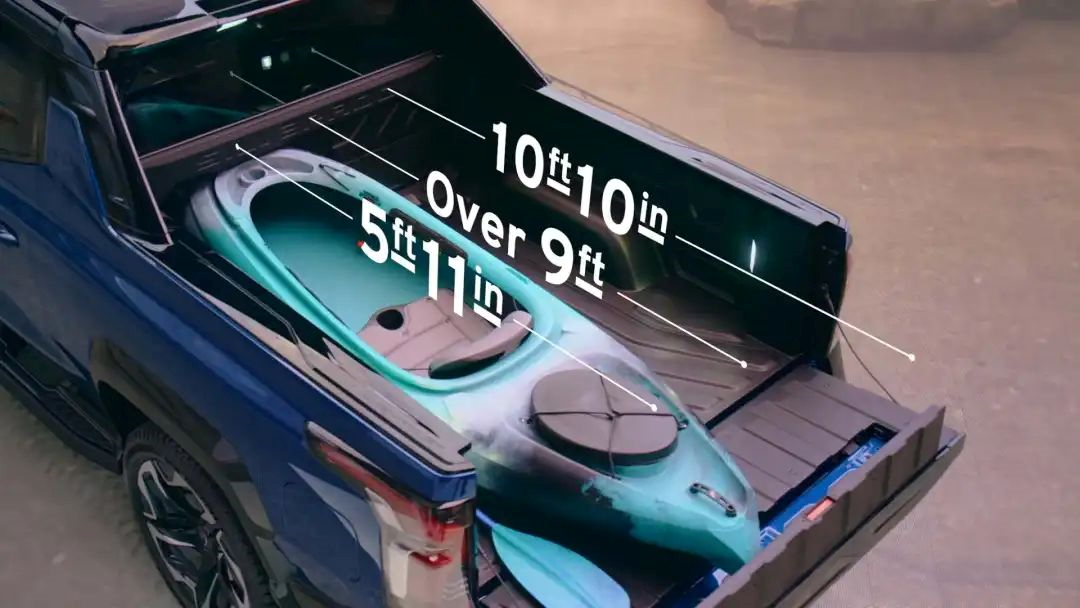
According to the data released by GM, the RST version will feature dual motors, with a maximum power of 673 horsepower, peak torque of 1063 Nm, and accelerating from 0 to 96 km/h in just 4.5 seconds.
The WT version, on the other hand, will have a maximum power of 517 horsepower and peak torque of 833 Nm. Both versions of the new car have a maximum range of 643 kilometers.
 Although the Silverado EV’s debut was considerably later than that of Tesla, Ford, Rivian, and other electric pickup manufacturers, and actual deliveries won’t begin until 2023, it seems that American consumers’ enthusiasm for it has not been dampened.
Although the Silverado EV’s debut was considerably later than that of Tesla, Ford, Rivian, and other electric pickup manufacturers, and actual deliveries won’t begin until 2023, it seems that American consumers’ enthusiasm for it has not been dampened.
According to General Motors, after pre-sales began during CES, the RST top-of-the-line version, at a cost of $105,000 (approximately 670,000 RMB), sold out within 12 minutes.
It is worth noting once again that Americans truly have a deep love for pickups. The only question is whether these pure electric pickups will be introduced to China in the future?
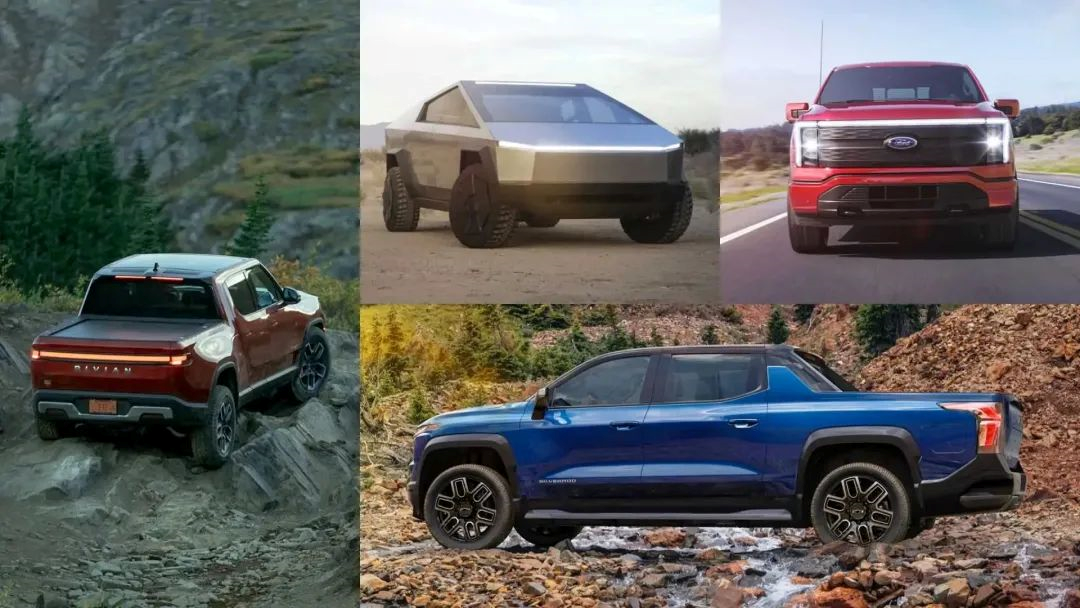
However, the greater significance of General Motors’ two new vehicles under the “Ultium Effect” at CES 2022 lies in the momentum they generate for their subsequent electric vehicle offensives:
SAIC-GM’s first Ultium factory was put into operation in Shanghai’s Golden Bridge District in October of last year. By 2025, SAIC-GM plans to release over 10 domestically-produced new energy car models based on the Ultium platform, including Buick, Chevrolet, and Cadillac.
A New Software Platform and More Advanced Driver Assistance Systems
In the era of intelligent vehicles, automakers must devote a portion of their efforts to software upgrades in addition to debuting new cars.
At CES 2022, in addition to showcasing the two new vehicles mentioned above, General Motors also debuted their latest software innovation: the all-new Ultifi software platform and the Ultra Cruise advanced driver assistance system.
The English name for the Ultium platform is Ultium, and the name Ultifi suggests that this is a specialized software platform for Ultium models.
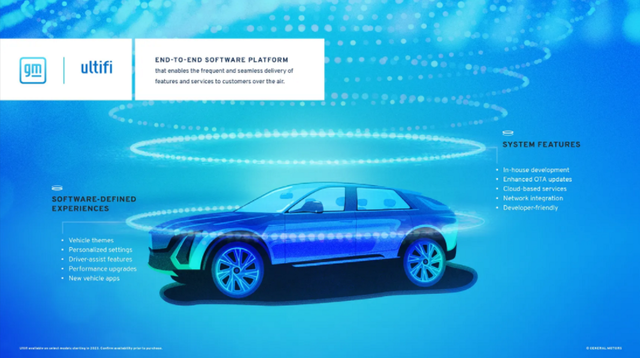
According to General Motors’ official explanation, Ultifi is a completely new end-to-end software platform that will allow car owners to access software subscription services within their vehicles and continually enhance their in-car software services with OTA upgrades.

Of course, this explanation may be a bit confusing at first. Perhaps a comparison can be drawn: in the future, General Motors’ Ultium electric vehicles will be akin to computer towers. The Ultium platform and the VIP electronic architecture are the hardware foundations, and Ultifi is the operating system for this hardware.
It is reported that with the help of the Ultifi software platform, General Motors will be able to provide the following intelligent services:1. Application Store: Customers can purchase and download General Motors or third-party applications. The Linux-based in-vehicle system will have greater openness, enabling third-party developers to develop software applications for Ultium-powered vehicles.
-
Software Subscription and Feature Unlocking: Similar to the concepts proposed by Tesla and NIO, owners can subscribe on a monthly basis or buy automatic driving assistance systems, valet parking, and other features.
-
Improve Vehicle Performance with New Features, such as enhancing monitoring of battery information to obtain more accurate information.
-
Access More Powerful Processing Capability via Cloud Connection: Cameras can recognize the driver’s face and start the vehicle, and connect to other networked vehicles, traffic lights, and other infrastructure through 5G communication, connect to smart home devices and other IoT devices.
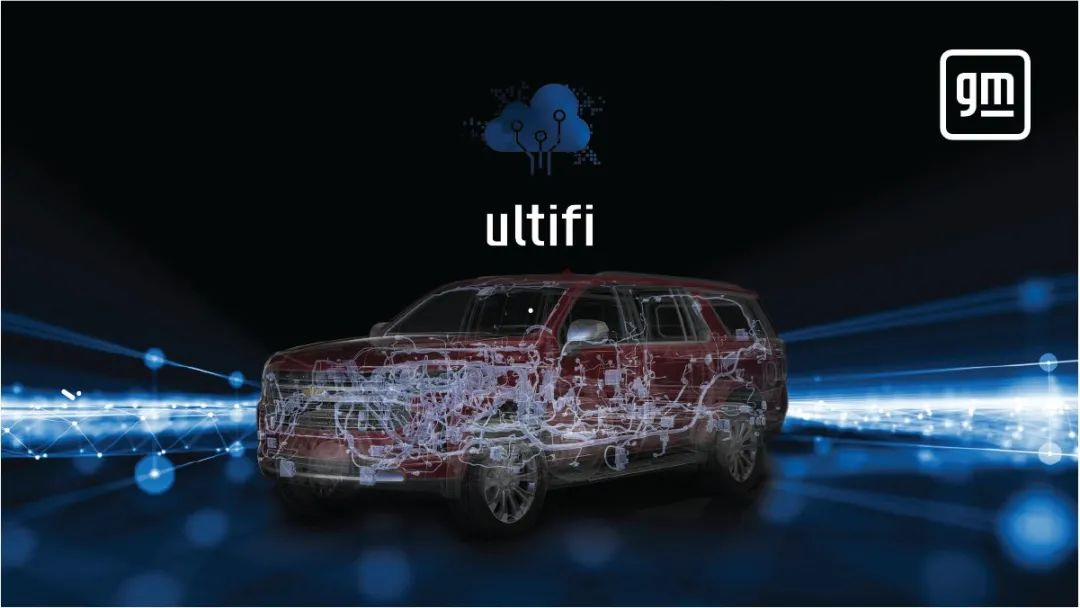
According to the general plan, the Ultifi software platform will be installed in Ultium-powered vehicles from 2023.
As can be seen from the name, Ultra Cruise is an autonomous driving assistant system that is more powerful than General Motors’ current Super Cruise system.
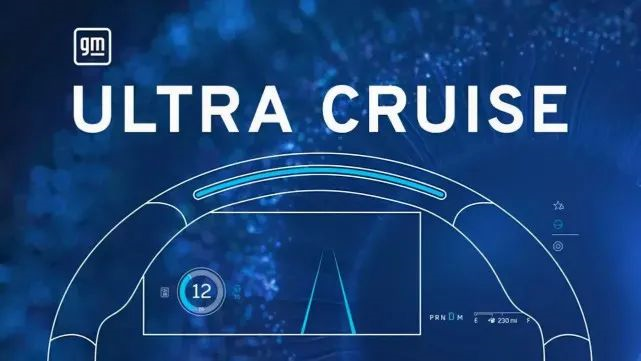
From a hardware perspective, the Ultra Cruise computing system is much smaller, only the size of two laptops stacked together. Although the system is small in size, its computing power will reach the level of several hundred personal computers. Its computing architecture is composed of two Qualcomm Snapdragon SA8540P SoCs and one SA9000P AI accelerator, which can provide critical low-latency control functions on a 16-core CPU, and provide more than 300Tera operations per second for camera, radar, and lidar processing.
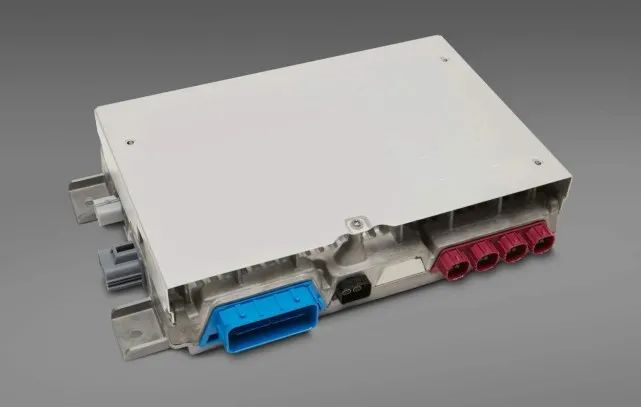
Does it sound familiar?
Yes, General Motors’ Ultra Cruise is the first advanced autonomous driving assistant system developed using the Qualcomm Snapdragon Ride ™ platform. This solution from Qualcomm was also publicly displayed during CES 2022. For more information, you can click Sony, Qualcomm “full package”… Technology giants compete for smart cars | A review of CES 2022 here.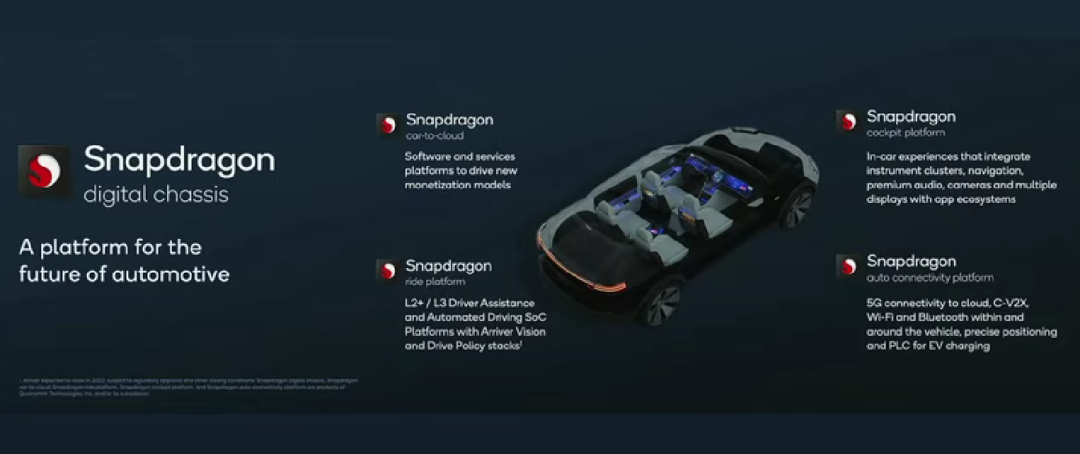
Leaving aside complicated hardware parameters, the biggest upgrade of Ultra Cruise compared to General Motors’ current Super Cruise is its ability to adapt to more complex and diverse traffic situations.
Super Cruise’s positioning is that of a “highway automatic driving system”. Simply put, if you are driving a Cadillac with Super Cruise on a highway in the United States or Canada, the system can enable the vehicle to travel completely automatically in the current lane, follow the preceding vehicle for accelerating and decelerating, leaving your hands and feet free.

Besides highways, Ultra Cruise will also be compatible with more diverse traffic situations. According to General Motors’ plan, when it is launched in 2023, the system will adapt to more than 2 million miles of roads in North America, which is approximately ten times the coverage of the current Super Cruise system.
General Motors’ goal is to have Ultra Cruise cover 3.4 million miles of highways and city streets in the United States and Canada, enabling its autonomous driving assistance functions in 95% of driving situations, ultimately achieving efficient, reliable, and predictable “Door-to-Door” fully automatic driving.
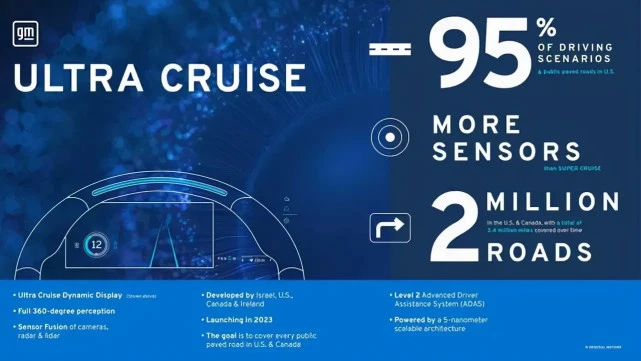
Ultra Cruise is planned to be first installed on Cadillac LYRIQ, CELESTIQ, and other models in 2023.
However, as described above, the initial adaptation of the system still focuses on North American roads. As for how it will perform in the traffic environment of China, further practical verification is needed.
General Motors’ Scope for Improvement
After seeing General Motors’ “Autonomy Effect” at CES 2022, we can summarize it briefly as “two new cars created by the Ultium platform + more powerful software and automatic driving assistance systems”.
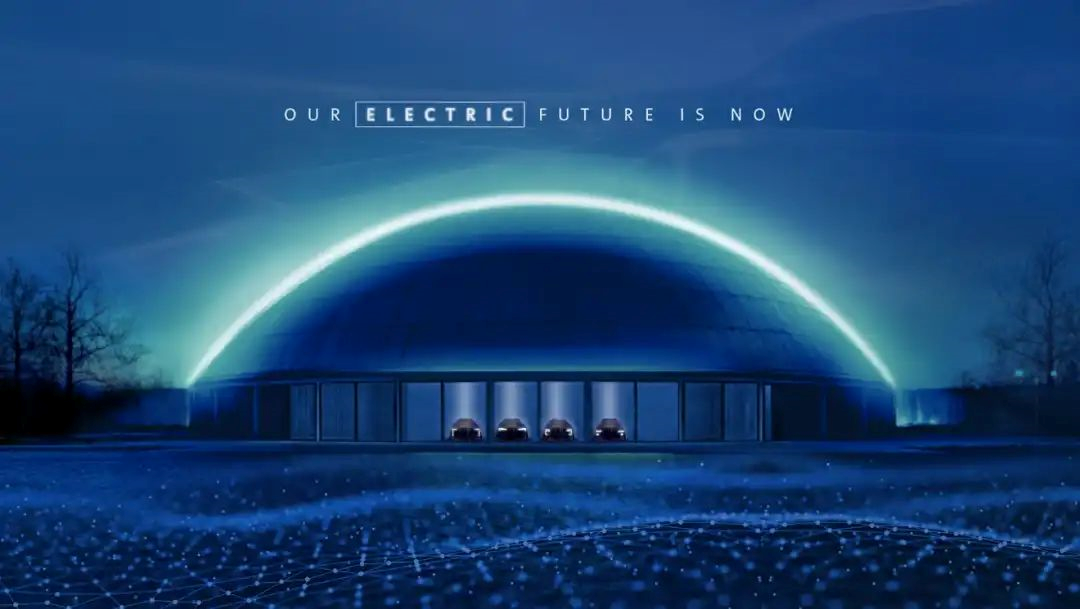
“Starting from the Ultium platform, General Motors is actively transforming towards a new positioning as a platform innovator” is the management’s summarization of its performance at CES 2022.From this, we can see that from producing cars to creating platforms, General Motors has provided an answer for the current transformation of the auto industry towards intelligence:
“Altium” is the platform for future vehicles, and through this platform, General Motors’ three major brands will “blossom” by launching a richer new energy product matrix.
“A more powerful software system and an ADAS system are the software platform”, endowing General Motors’ vehicles with stronger openness in the future and providing consumers with richer intelligent services based on vehicles.
However, when we return to reality, we will find that these new cars and technologies are still just outlining a better future. In the fiercely competitive reality, the challenges faced by General Motors are far greater than imagined.
Let us go back to November last year. Mary Barra, CEO of General Motors, said in an interview with the media, “General Motors is the leader in the electric vehicle market, and we will not give up our leadership position to anyone.”
These words made comments from Tesla CEO Musk, who said: “Assuming that they really produce a large number of electric cars, they will become the leader.”
When it came to the beginning of 2022, Musk had another chance to ridicule General Motors.
On January 6, General Motors released delivery data for the US market, and the company only sold 26 electric cars in the fourth quarter of last year.
In response, Musk commented on Twitter once again, “Room to improve.”
Specifically, of the 26 electric cars that General Motors sold in the fourth quarter of last year, 25 were Chevrolet Bolt EVs and one was a pure electric Hummer.
The negative factors that affected the sales of Chevrolet Bolt EV last year, such as fire recall and continuous production stoppages, naturally caused the sales to decline.
Symbolically, it is probably the sale of a pure electric Hummer based on the General Motors Altium platform that is most significant.
The “room for improvement” that Musk refers to regarding General Motors’ future is likely to be contained in the Altium platform.
This article is a translation by ChatGPT of a Chinese report from 42HOW. If you have any questions about it, please email bd@42how.com.
